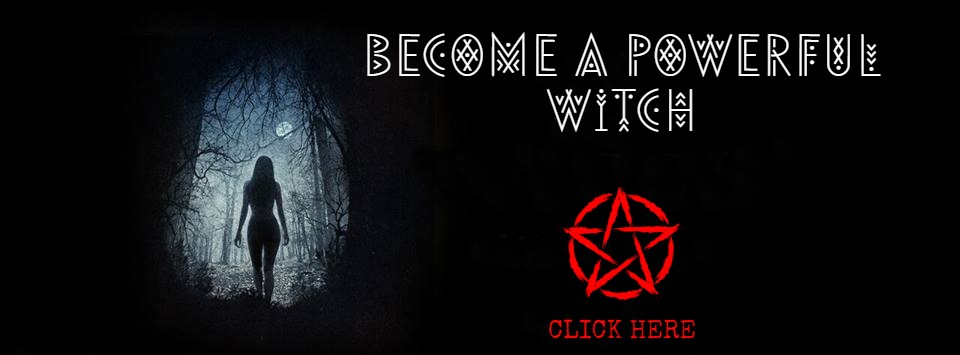Hexenkopf (Witch’s Head) A rocky hill near Easton, Pennsylvania, in the Lehigh Valley, steeped in witchcraft superstitions and folklore influenced by German immigrants who settled in the area in the 18th and 19th centuries. The Hexenkopf rises 1,030 feet above sea level and is the highest peak in Northampton County. It is part of a group of rocky hills that are among the oldest exposed rocks in the United States.
Originally, the Hexenkopf was known as Groggy rustic. One of the early landowners around the hill was Johann Seiler (see SAylor FAmIly), who became famous as a powwower, a healer whose remedies included “power” and magical spells. Seiler’s son, Peter Saylor, became even more famous as a powwower, and used the Hexenkopf in his magical cures, by casting out illnesses into the rock.
The German immigrants imported their beliefs in witchcraft, witches (hexerei), Demons and magical healing, called braucherei in Germany and then powwowIng in America. many of the settlers had come from the Harz mountains area, where witchcraft beliefs were especially strong.
The Harz mountains were known as the abodes of witches, and the tallest peak, the Brocken, was the site of regular Sabbats and witches’ revelries, most notably WAlpurgIsnACht. In the Lehigh Valley, the Hexenkopf took over that role. Locals feared the witches’ gatherings. The only way a Hexenkopf witch could be killed was to chase her off the hill so that she fell to her death in the valley.
Many stories were told about the evil doings at the Hexenkopf and oral lore accumulated over time, even into present times. The witches were said to be local wives who fooled their husbands by leaving sticks in their beds so that they could escape on their brooms to attend their nocturnal gatherings.
After World War I, a man sued for divorce because he discovered his wife was a witch, he claimed to his lawyer. One night he could not sleep, but his wife thought he was asleep and rose from their bed to rub her face with a magical oIntment. She mounted her broom, said an incantation, “Uber Stock und uber Stein,” and then flew out the window.
The curious husband got up and did the same, rubbing his face with the ointment, mounting another broom and uttering the incantation. He said he flew through the air to the top of the Hexenkopf, where an unholy revelry was taking place around a bonfire. The man’s wife was not surprised to see him. She led him through dancers to a table where black men with long tails were giving out a hot drink. He took a few sips and passed out.
When he awoke, it was dawn and he was in a neighbor’s pigpen. This was more than enough reason to sue for divorce, the man insisted. But the matter was resolved privately and never went to court. Lore holds that whenever the Hexenkopf glows at night, the witches and Demons are there.
The glow may in fact have a natural explanation—the rock has a high mica content, which glints in the right conditions of moonlight. The Hexenkopf is dubbed “misery mountain” for its reputation of bad luck, accidents, suicides, murders, mysterious fires, crop failures and mishaps that happen in the vicinity, even into present times. The vanishing cart or car is prominent in lore.
People travel up the steep hill never to come down the other side. One of the old stories tells of an abusive, violent man who mistreated his family and animals. One night he stormed off in a fit of anger to go to a tavern. He hitched up his horse-drawn wagon and mercilessly beat the horses all the way up the hill, giving them no rest. At the summit a mist descended around man and animals, and they were never seen again. The hill was famous also for its poisonous wind.
Powwowing belief held that all diseases and illnesses were caused by the evil actions of the Devil, Demons and witches, who were constantly tormenting and harassing people. The evil ones caused a “contagion wind” to blow that brought illness to humans and animals.
Such winds could blow off swamps, marshes, graveyards, caves and cellars, but the contagion wind that blew from the Hexenkopf was the most toxic of all. Peter Saylor, a famous powwower, called it “evil poisoning of the air,” and said it was Satan punishing the sinful. mysterious, charmed animals roamed the Hexenkopf.
In the 19th century, a charmed white fox was seen one winter. As long as it was about, hunters could kill no game. They could not kill the fox, either, not even by poison bait. Shots fired at it missed. Locals believed that the fox was the embodiment of all the evil spirits who resided on the hill.
The Hexenkopf also is home to numerous ghosts and hauntings. The ghosts of witches and of the dead who died mysteriously or tragically on or near the hill have been reported seen and heard. On dark and windy nights, a headless man and a headless dog are seen in the area. Fiery, rolling balls of spectral fumes are supposedly the ghosts of two farmers who fought bitterly over property rights.
Also seen is the ghost of a peg-legged farmer named Brown who reportedly fell to his death while chasing a witch. On moonless nights, he runs up behind people, making a stumping noise with his peg leg. He has gray hair, a beard and a terrifying face. The Hexenkopf is under private ownership today. ruins of old, abandoned homes still exist on it.
SEE ALSO:
FURTHER READING:
- Heindel, Ned D. Hexenkopf: History, Healing & Hexerei. Easton, Pa.: Williams Township Historical Society, 2005.
SOURCE:
The Encyclopedia of Witches, Witchcraft and Wicca – written by Rosemary Ellen Guiley – Copyright © 1989, 1999, 2008 by Visionary Living, Inc.

